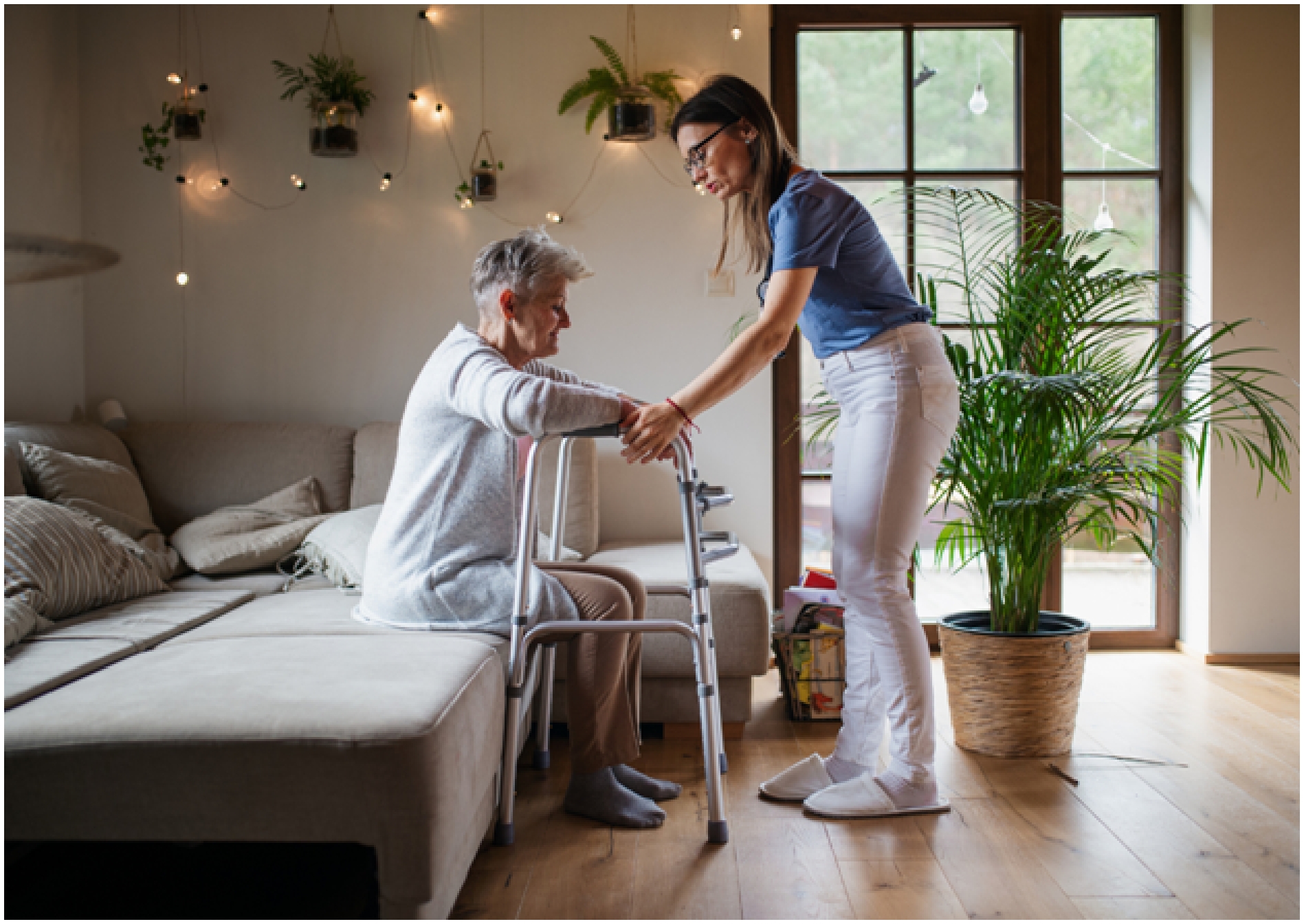Falls prevention and retraining are crucial components of promoting the health, wellbeing, and independence of ageing Australians. With the guidance and expertise of Physiotherapists and Occupational Therapists, individuals can regain confidence, improve their physical abilities, and create safe environments that support their mobility and independence.
For many seniors, it’s hard to remember a time when balance, coordination and strength were a daily tussle. As children, we climb, fall and bounce our way back up, ready to continue on with the day. As adults, a mild stumble results in a quick adjustment, without too much of a second thought.
However, as we age, our balance, coordination and strength begin to decrease, often slowly at first, and sometimes more rapidly following illness or injury. The impact on overall mobility can be dire, reducing our ability to move freely, safely and easily throughout our daily life. However, with the support and expertise of physiotherapists and occupational therapists, it is possible to reduce the risk of falls and improve the overall quality of life for older adults.
The statistics around falls in our ageing population are scary.
- Half of all older people living in residential aged care experience a fall
- Those living in residential aged care are six times as likely to fall, than those living in the community
- More than 80% of injury-related hospitalisations in people over 65 are due to falls
- 40% of those who fall once, will experience recurrent falls
- 20-32% of those who experience a fall, will receive a fall-related fracture (Source: National Aged Care Mandatory Quality Indicator Program Manual (QI Program), Manual 2.0, Part B)
Implementing falls prevention strategies can help mitigate these risks and promote healthy aging. Physiotherapists and occupational therapists develop tailored interventions that address the specific needs of individuals at risk of falls.
Physiotherapists focus on enhancing strength, balance, and mobility to prevent or reduce falls in elderly individuals. They conduct comprehensive assessments to identify any physical limitations, muscle weakness, or gait abnormalities that may contribute to falls. Based on the assessment, Physiotherapists are able to develop personalised exercise programs to improve strength, flexibility, coordination, and balance.
Through targeted exercises, such as strength training and balance exercises, Physiotherapists help older adults regain confidence in their ability to move safely. They also provide education on the correct use of mobility aids, like walkers, if necessary. By tailoring physiotherapy interventions to the individual’s abilities and goals, physiotherapists empower individuals to actively participate in their own fall prevention journey.
Occupational Therapists contribute to falls prevention by focusing on creating safe environments that support independence and well-being. They assess the living environment for potential hazards, such as loose rugs, poor lighting, or cluttered pathways, and recommend modifications to reduce the risk of falls.
Occupational Therapists also provide guidance on adaptive equipment and assistive devices that can promote safety and independence, such as grab bars, handrails, or non-slip mats. They work closely with older adults to develop strategies for daily activities, including dressing, bathing, and cooking, to enhance functional abilities while minimising the risk of falls.
Effective falls prevention and retraining often require a collaborative approach between Physiotherapists and Occupational Therapists. By working together, these therapists can address both the physical and environmental factors that contribute to falls.
Physiotherapists and Occupational Therapists collaborate to develop comprehensive care plans that encompass exercises, environmental modifications, and strategies for activities of daily living. They monitor progress, reassess the individual’s needs, and make adjustments to the intervention plan as necessary.
Through personalised interventions, including exercise programs, environmental modifications, and adaptive strategies, we empower older adults to take an active role in their own fall prevention journey. By investing in falls prevention and retraining, we can help elderly individuals maintain their quality of life and reduce the risk of falls, ultimately enabling them to age gracefully and independently.



